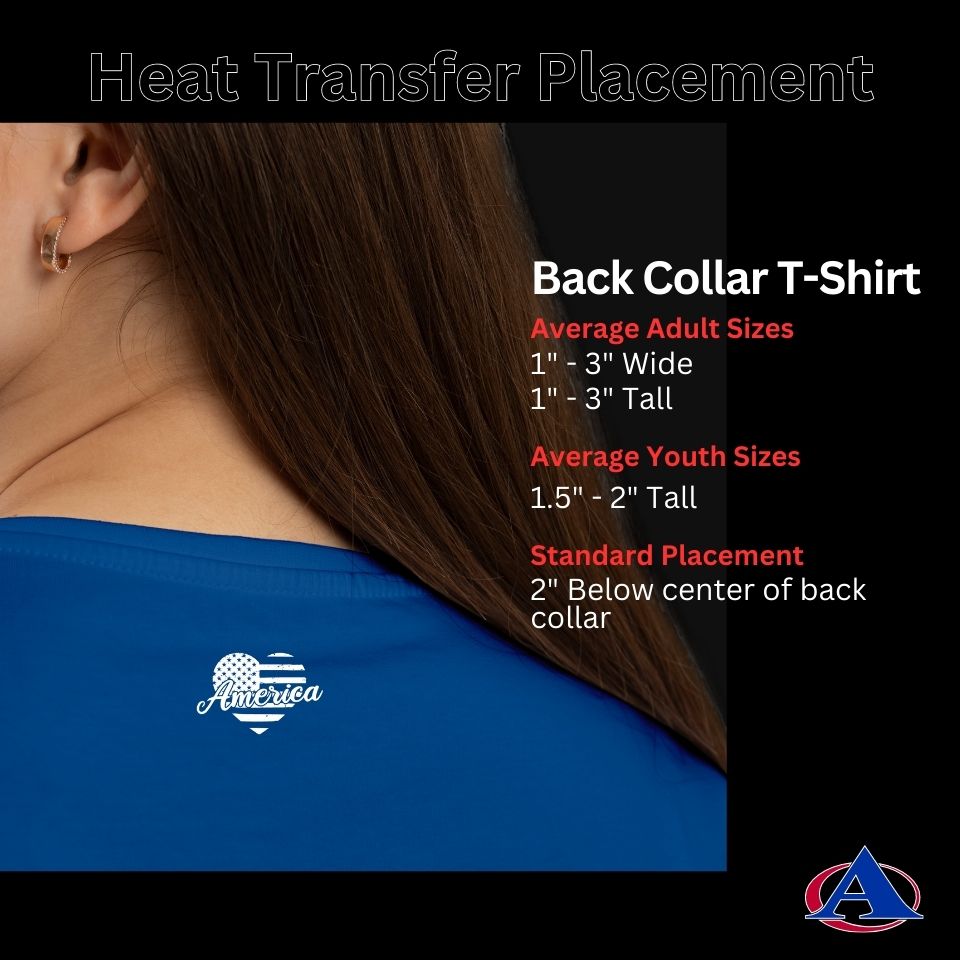While DTF heat transfers are gaining popularity as a new and innovative way of printing custom designs on various types of fabric, it’s important to consider a few key factors before investing in equipment to make your own transfers.
DTF, or Direct-to-Film, is a heat transfer printing method that involves printing a design onto a special film using a digital printer, then transferring the design onto fabric using heat and pressure. DTF printing has several advantages over other heat transfer methods, including the ability to print full-color designs with fine details, vibrant colors, and a soft hand feel. However, before jumping on the DTF bandwagon, here are a few things to consider:
- Cost of equipment and supplies
While DTF printing has many benefits, the equipment and supplies needed to get started can be costly. The printer, film, and ink required for DTF printing can run into the thousands of dollars, which may not be feasible for some small businesses or hobbyists. It’s important to weigh the potential benefits of DTF printing against the upfront cost of equipment and supplies to determine if it’s a worthwhile investment.
- Quality and durability of transfers
While DTF transfers can produce high-quality designs, it’s important to consider the durability of the transfers as well. Some DTF transfers may not hold up as well to repeated washing and wearing as other heat transfer methods, such as screen printing or vinyl transfers. It’s important to test the durability of DTF transfers on various types of fabric and under different washing conditions to ensure that the final product meets your standards.
- Learning curve and technical expertise
DTF printing requires a certain level of technical expertise and a learning curve to master. It’s important to have a good understanding of the printing process, including color management, file preparation, and transfer application, to achieve consistent and high-quality results. Additionally, troubleshooting and maintenance of the equipment may require additional time and effort to learn.
- Environmental considerations
DTF printing requires the use of special film and ink, some of which may contain chemicals that can be harmful to the environment if not disposed of properly. It’s important to consider the environmental impact of the equipment and supplies used in DTF printing and take appropriate measures to minimize any potential harm.
DTF heat transfers offer many benefits for custom apparel printing, it’s important to consider the upfront cost, quality and durability of transfers, learning curve and technical expertise required, and environmental considerations before investing in equipment to make your own transfers. By carefully weighing these factors, you can make an informed decision about whether DTF printing is the right choice for your business or personal needs.
Considerations before you purchase a DTF machine from China
Importing DTF machines from China has become increasingly popular due to the low cost of equipment and supplies. However, there are potential dangers associated with using these machines in a home or small business setting.
One of the primary concerns with imported DTF machines from China is the quality of the equipment and safety standards used in their manufacture. There have been reports of poorly designed and constructed machines that have caused fires, electrocution, and other safety hazards. Some of these machines may not be certified by safety organizations such as UL or CE, which can pose a risk to the user.
Another concern with importing DTF machines from China is the potential for language barriers and difficulty obtaining support or replacement parts. Many of these machines may come with instructions or manuals that are not in English, making it difficult for users to properly set up and operate the equipment. Additionally, if the machine requires repairs or replacement parts, it may be difficult to find a local supplier or to communicate with the manufacturer to obtain the necessary parts.
Imported DTF machines may also be subject to different regulations and safety standards than those in the country of use. It’s important to ensure that the machine meets local safety standards and regulations before using it in a home or small business setting.
In addition to concerns about the machine itself, there may be risks associated with the chemicals and supplies used in DTF printing. Some imported inks and films may contain harmful chemicals that can pose health risks to the user or the environment. It’s important to research and use safe and eco-friendly supplies when using a DTF machine.
DTF ink is a type of ink used in the Direct-to-Film (DTF) heat transfer printing process. DTF ink is a pigment-based ink that is specifically formulated for use in DTF printing. The ink is applied to a special film using a digital printer, and then the design is transferred onto fabric using heat and pressure.
The exact composition of DTF ink can vary depending on the manufacturer, but typically includes the following types of chemicals:
- Pigments: Pigments are the colorants used in DTF ink to produce the desired colors. These pigments are typically made from organic or inorganic compounds, such as carbon black, titanium dioxide, phthalocyanine blue, and quinacridone red.
- Resins: Resins are used to bind the pigment particles together and to help the ink adhere to the film and the fabric. The type of resin used in DTF ink can vary, but common examples include acrylic, urethane, and epoxy resins.
- Solvents: Solvents are used to dissolve the pigment and resin components in the ink and to help the ink flow through the printer nozzles. The types of solvents used in DTF ink can vary depending on the specific ink formulation, but may include water, glycol ethers, alcohols, or other organic solvents.
- Additives: Additives are used to modify the properties of the ink, such as viscosity, drying time, and adhesion. These additives can include surfactants, dispersants, humectants, and defoamers.
It’s important to note that some DTF inks may contain hazardous chemicals, such as volatile organic compounds (VOCs), that can pose health risks to users if not handled properly. It’s important to follow appropriate safety precautions when handling DTF ink, such as using protective equipment and following manufacturer’s instructions for proper handling and disposal of chemicals. Additionally, eco-friendly and safer ink options are available, and users should consider using these options when possible.
In conclusion, importing a DTF machine from China may offer cost savings, but it’s important to be aware of the potential safety hazards and quality concerns associated with these machines. It’s important to research and purchase equipment that meets local safety standards, to use safe and eco-friendly supplies, and to take appropriate safety precautions when setting up and operating the equipment.



